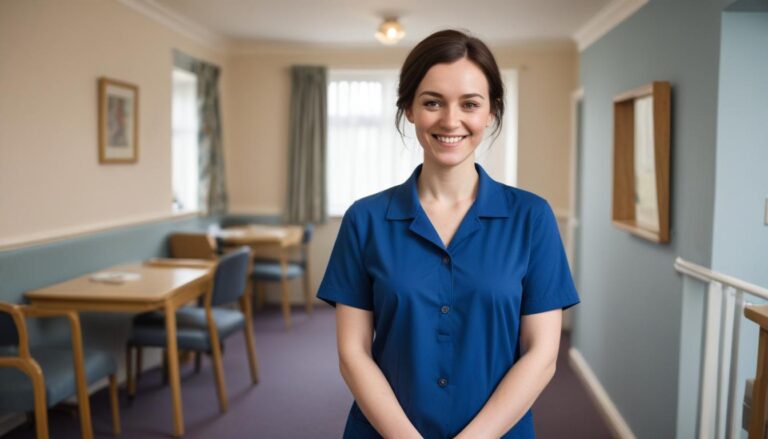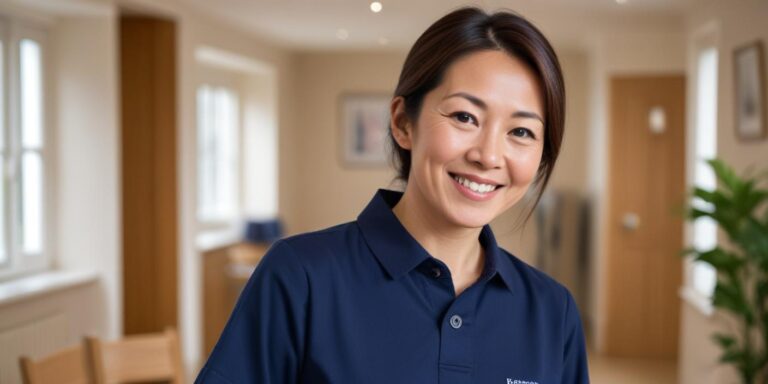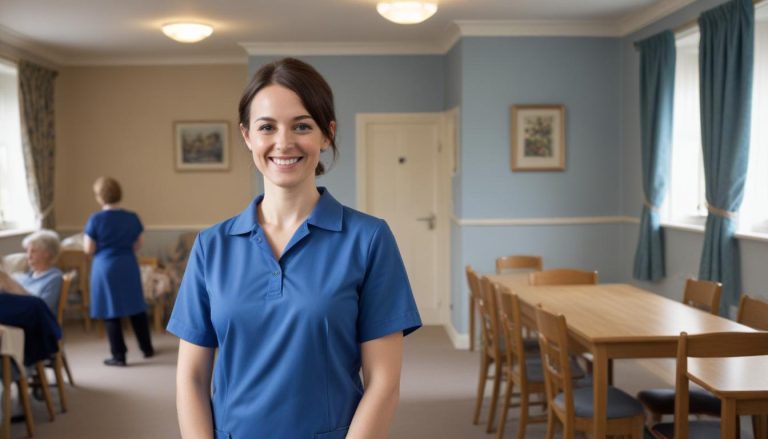
Summary
- Team Roles: The Margerison and McCann Team Model identifies nine essential roles that contribute to effective teamwork in health and social care settings, such as Reporter-Adviser and Creator-Innovator.
- Role Assignment: Assess team members’ strengths to assign appropriate roles, ensuring all nine roles are covered to maintain balance and functionality within the team.
- Communication and Collaboration: Foster open communication and a culture of collaboration to enhance teamwork. Regular meetings and clear role definitions help address conflicts and promote efficiency.
- Ongoing Development: Support continuous training and personal development for team members to refine skills and adapt to new challenges, ultimately improving service delivery and patient satisfaction.
The Margerison and McCann Team Model is designed to improve teamwork and collaboration. Health and social care settings require effective team dynamics due to the complex nature of care provision.
This guide will help you understand how to apply this model in your workplace.
Awareness of the Margerison and McCann Team Model
What is it?
The Margerison and McCann Team Model identifies nine key team roles. These roles are essential for an effective team. Each role complements the others, ensuring balanced team dynamics and efficient service delivery.
The Nine Roles
- Reporter-Adviser: Gathers and shares information.
- Creator-Innovator: Generates new ideas and solutions.
- Explorer-Promoter: Seeks out new opportunities.
- Assessor-Developer: Evaluates ideas and plans.
- Thruster-Organiser: Drives the team forward, taking action.
- Concluder-Producer: Focuses on details and completes tasks.
- Controller-Inspector: Ensures quality and standards.
- Upholder-Maintainer: Sustains team morale and values.
- Linker: Connects the team, facilitating communication.
Applying the Model in Health and Social Care
Step 1: Identify Team Roles
Start by assessing the strengths and skills of your team members. Use questionnaires or behavioural assessments to identify which roles each member naturally fits. For example, some staff may naturally gather information, fitting the Reporter-Adviser role.
Step 2: Assign Roles
Assign roles based on the results of your assessments. Ensure that all nine roles are covered to prevent any gaps in team functionality. Balance is important; too many members in one role can create imbalances.
Step 3: Promote Role Understanding
Communicate the importance of each role to your team. Explain how each role contributes to the team’s overall success. For instance, the Creator-Innovator role generates ideas, which the Assessor-Developer then evaluates.
Enhancing Team Dynamics
Effective Communication
Encourage open communication among team members. Use regular meetings to discuss progress, ideas, and challenges. The Linker role is really important here, ensuring everyone stays informed and connected.
Collaboration
Foster a culture of collaboration. Encourage team members to work together and support each other. For example, the Thruster-Organiser can work with the Concluder-Producer to ensure tasks are completed efficiently.
Problem-Solving
Use the diverse strengths of your team to solve problems. When an issue arises, brainstorm solutions as a group. The Creator-Innovator can propose ideas, while the Assessor-Developer evaluates their feasibility.
Addressing Challenges
Role Conflicts
Sometimes, conflicts may arise due to overlapping roles. Address these conflicts by clearly defining each role’s responsibilities. Encourage team members to respect each other’s contributions. For example, the Controller-Inspector should trust the Concluder-Producer to handle task completion.
Role Gaps
If you identify gaps in your team roles, address them promptly. You might need to recruit new team members or provide training for existing staff. Filling these gaps ensures your team operates efficiently and effectively.
Training and Development
Ongoing Training
Provide ongoing training to help team members refine their skills. For example, give communication workshops to enhance the Linker’s effectiveness. Regular training ensures your team adapts to new challenges and continues to grow.
Personal Development
Encourage personal development. Support team members in pursuing further education or certification. This not only improves their skills but also benefits the entire team. For instance, a Reporter-Adviser studying health informatics can provide valuable insights.
Measuring Success
Performance Metrics
Use performance metrics to evaluate your team’s success. Track key indicators such as patient satisfaction, response times, and efficiency. This data helps identify areas for improvement and features your team’s strengths.
Feedback
Collect feedback from team members and service users. Regular feedback helps you understand how well the Margerison and McCann Team Model is working. Use this feedback to make necessary adjustments.
Case Study: Applying the Model in a Care Home
Background
In a care home, staff struggled with communication and task completion. The manager decided to implement the Margerison and McCann Team Model.
Assessment
The manager assessed each staff member’s strengths and assigned appropriate roles. For example, a staff member good at communicating became the Reporter-Adviser. Another who excelled at completing tasks became the Concluder-Producer.
Implementation
The manager held a meeting to explain the new roles. They emphasised the importance of each role and encouraged teamwork. Regular meetings were scheduled to discuss progress and address issues.
Outcomes
Over time, communication improved, and tasks were completed more efficiently. Staff morale increased, and service users reported higher satisfaction levels. The care home became a case study in effective teamwork.
Final Thoughts
The Margerison and McCann Team Model can transform your health and social care team. By identifying, assigning, and balancing roles, you enhance collaboration, communication, and efficiency. Regular training and feedback ensure continuous improvement. Apply this model to improve outcomes for your team and service users today.
Subscribe to Newsletter
Get the latest news and updates from Care Learning and be first to know about our free courses when they launch.






